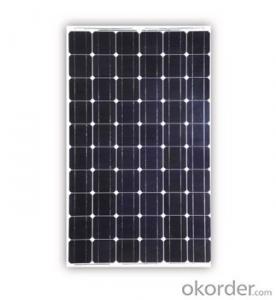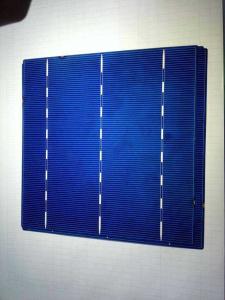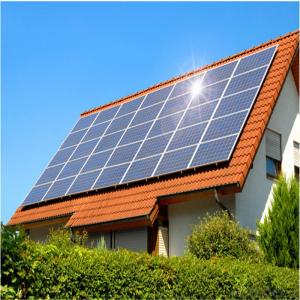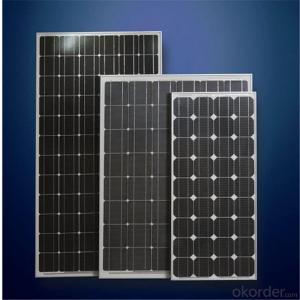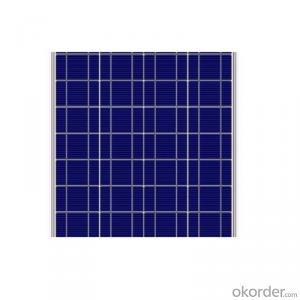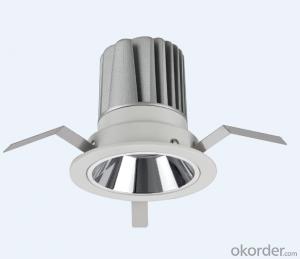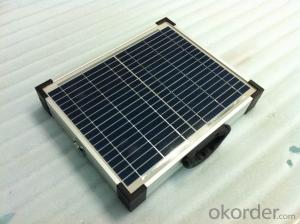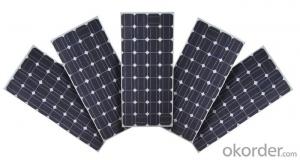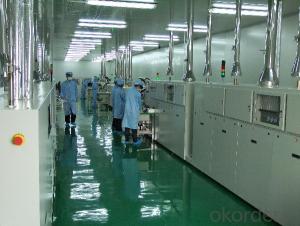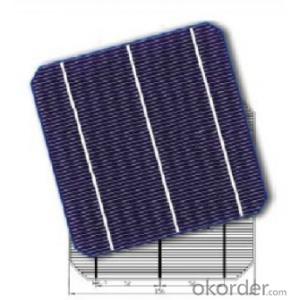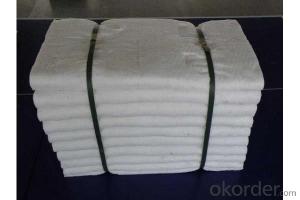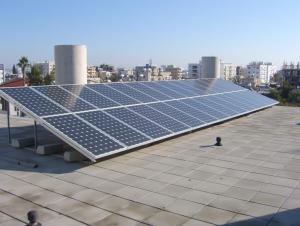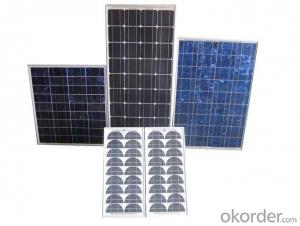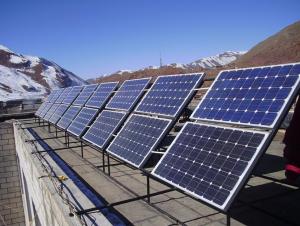Q Cell Solar Module
Q Cell Solar Module Related Searches
24 X 50' Aluminum Trim Coil Aluminum Trim Coil 24 X 50 Fine Bone China Dinnerware False Ceiling Light Fittings Aluminum Grate Mesh Aluminum Grid Plate My Time At Portia Aluminum Plate An Aluminum Caul Plate Should Be Aluminum Rod 6101-T65 Mft Aluminum Minimalist StockHot Searches
Solar Cell Inverter Price Aluminum Corp Of China Stock China Black Aluminum Plate China Aluminum Plate Panels China Aluminum Floor Plate China Aluminum Composite Plate China Flat Aluminum Plate China Cutting Aluminum Plate China Aluminum Plate Suppliers Aluminum Plate China China Aluminum Stock Scaffolding Manufacturer In Mumbai Aluminum Foil Manufacturer Aluminum Angle Stock Near Me Aluminum Flat Stock Near Me Aluminum Stock Near Me Calcium Silicate False Ceiling Specification Spring Manufacturer Singapore Bistable Spring ManufacturerQ Cell Solar Module Supplier & Manufacturer from China
Okorder.com is a professional Q Cell Solar Module supplier & manufacturer, offers integrated one-stop services including real-time quoting and online cargo tracking. We are funded by CNBM Group, a Fortune 500 enterprise and the largest Q Cell Solar Module firm in China.Hot Products
FAQ
- The role of surge suppressors in solar cell systems is to protect the system from voltage surges or spikes that can potentially damage the solar panels, inverters, or other components. These surge suppressors help regulate and stabilize the electrical flow by diverting excess voltage to ground, ensuring the smooth operation and longevity of the solar cell system.
- Yes, solar cells can still be used in cloudy weather, although their efficiency may be reduced. Cloud cover reduces the amount of sunlight available, which can result in a decrease in power output from solar cells. However, solar cells can still generate electricity from diffuse light, so they can still produce some energy even in cloudy conditions.
- Yes, solar cells can certainly be used for powering disaster relief operations. Solar cells, also known as photovoltaic cells, convert sunlight into electricity, making them a reliable and sustainable source of power. In disaster-stricken areas where the conventional power grid may be disrupted or unavailable, solar cells can provide a clean and renewable energy solution. They can be used to charge batteries, power communication devices, run medical equipment, and provide lighting and electricity for essential services such as shelters, water purification systems, and refrigeration for medical supplies. Furthermore, solar cells are portable and can be easily deployed to remote or inaccessible areas, making them an ideal choice for disaster relief efforts.
- Can solar panels be charged with light?
- amorphous silicon, gallium arsenide, selenium and other copper. Their power generation principle is basically the same, now crystal silicon as an example to describe the photovoltaic power generation process. P-type crystalline silicon doped with phosphorus can be obtained N-type silicon, the formation of P-N junction.
- Yes, solar cells can be used for powering electric vehicle charging stations. Solar panels can convert sunlight into electricity, which can then be used to charge electric vehicles. This renewable energy source is ideal for charging stations as it reduces reliance on traditional power grids and reduces carbon emissions.
- The environmental impacts of solar cell production include the extraction of raw materials, such as silicon, which can contribute to deforestation and habitat destruction. The manufacturing process also requires a significant amount of energy, which may be sourced from fossil fuels and contribute to greenhouse gas emissions. Additionally, the disposal and recycling of solar panels can pose challenges, as some components contain harmful substances. However, it is important to note that the overall environmental benefits of solar energy, such as reduced greenhouse gas emissions and reliance on fossil fuels, outweigh these impacts.
- Solar cells have had a significant positive impact on job creation, both in the manufacturing and installation sectors. The growing demand for renewable energy has led to a surge in solar cell production, creating new manufacturing jobs and stimulating economic growth. Additionally, the installation and maintenance of solar panels have created numerous job opportunities, especially in the construction and engineering industries. As the solar industry continues to expand, it is expected to further contribute to job creation and foster a sustainable and green economy.
- How does the photovoltaic cells work?
- Solar Cells, covering single crystal, polycrystalline and amorphous materials utilising homojunctions and heterojunctions, Schottky barriers, liquid junctions and their applications.




